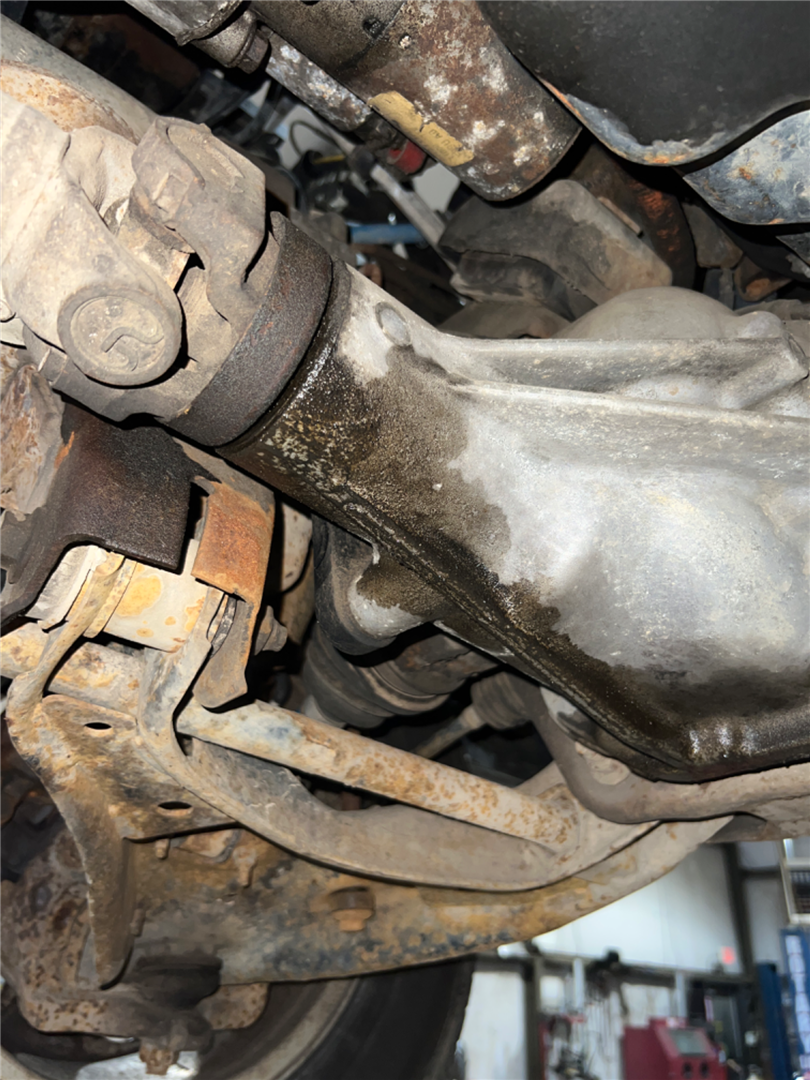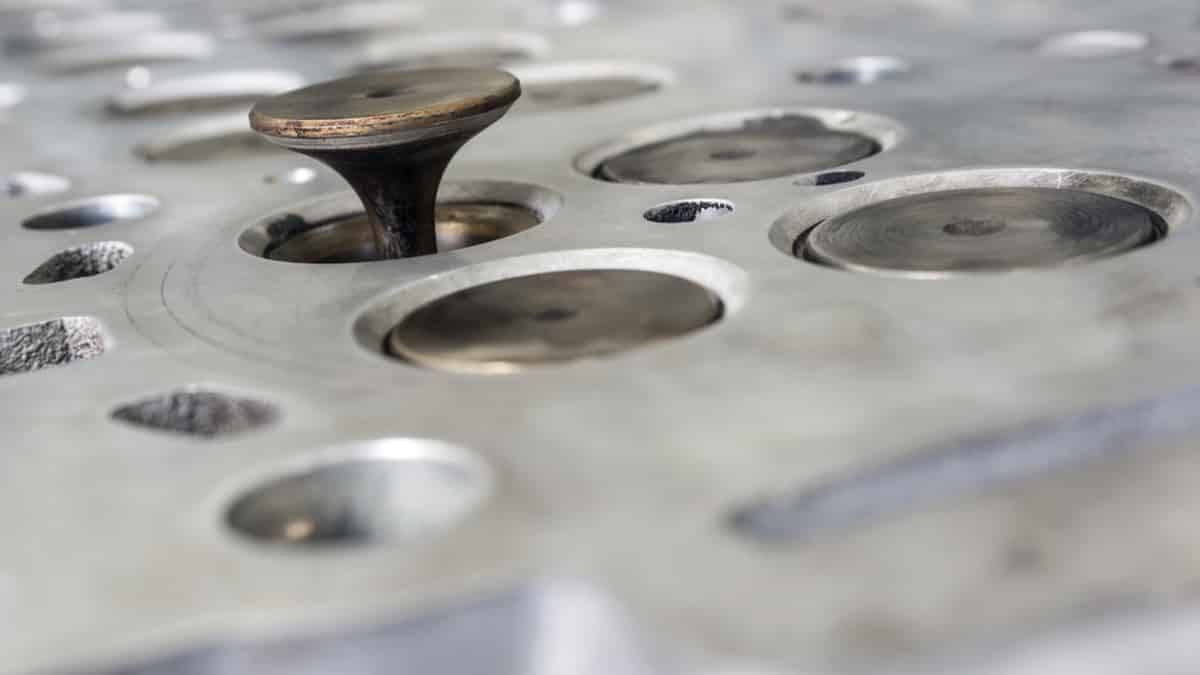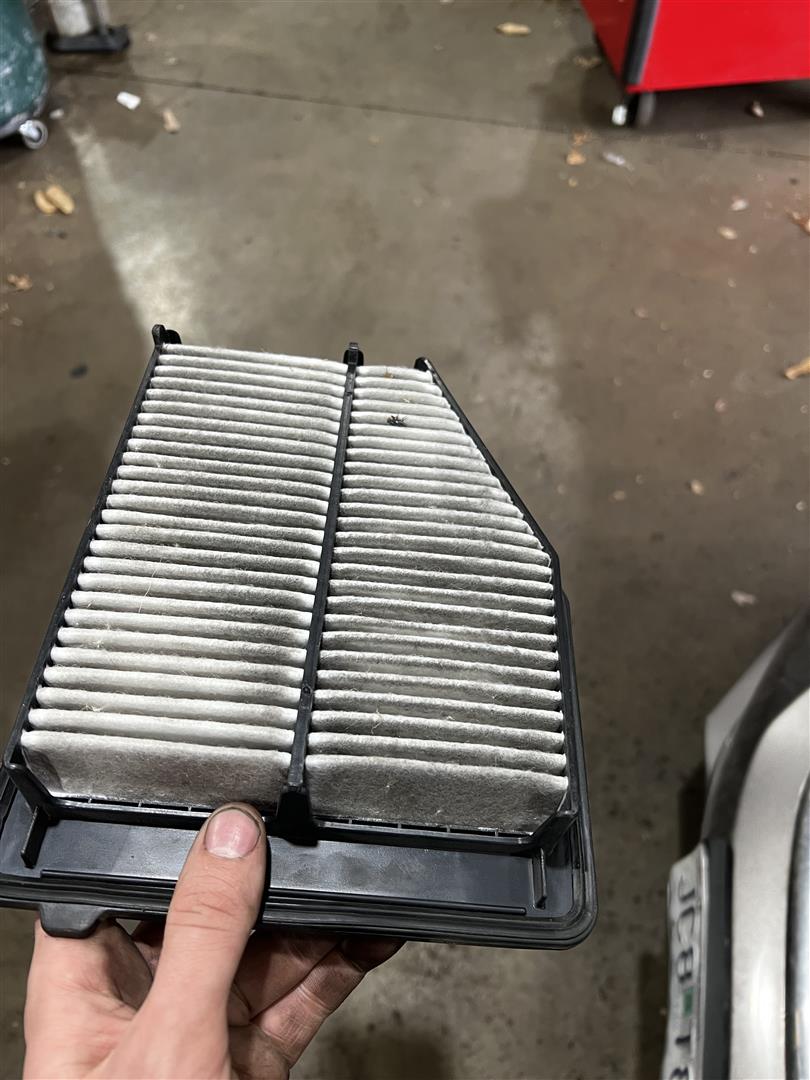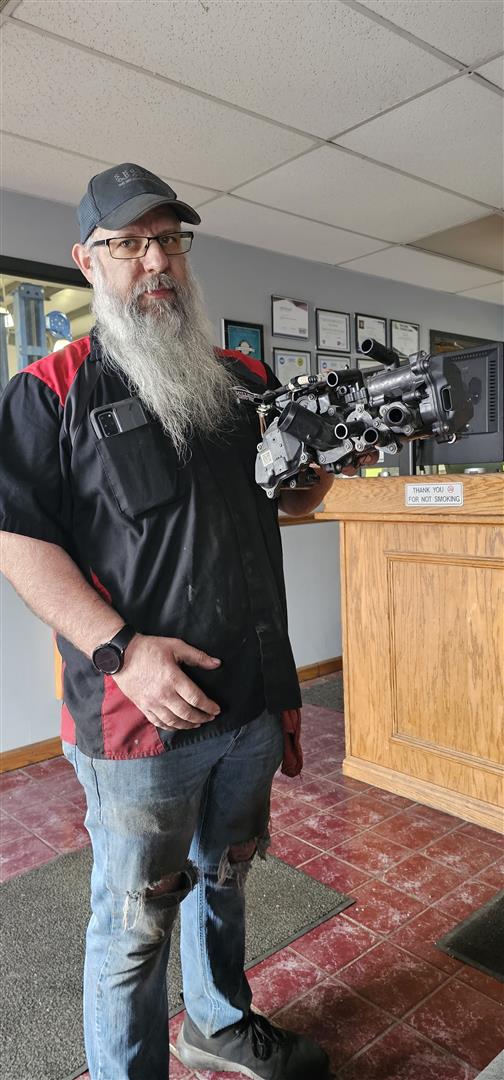Posted on 3/31/2025

When it comes to automotive mechanics, few components are as crucial—yet as misunderstood—as the differential. Whether you're a car enthusiast or just a daily driver, understanding what a differential does, how to maintain it, and what can go wrong can save you from costly repairs down the road. At Hillside Auto Repair, we see our fair share of differential-related issues, and we’re here to break it all down for you. So buckle up, because we’re diving deep into the world of differentials! What is a Differential? The differential is a gearbox located between the drive wheels of your vehicle (or at the center in all-wheel-drive systems). Its primary job? To allow the wheels to rotate at different speeds while delivering power from the engine. Why Do Wheels Need to Rotate at Different Speeds? Imagine taking a turn in your car: - The outer wheel travels a longer distance than the inner wheel. - If both wheels were force ... read more
Posted on 3/27/2025

When it comes to your vehicle’s engine, there are plenty of flashy components that steal the spotlight—turbochargers, high-performance pistons, and sleek exhaust systems often dominate the conversation. But hidden within your engine lies a set of small yet critical components that keep everything running smoothly: engine valves. These tiny but mighty parts play a crucial role in your engine’s combustion process, ensuring optimal performance, fuel efficiency, and power delivery. In this post, we’ll explore what engine valves do, how they work, the different types available, their relationship with the camshaft, and how to keep them in top shape. And if you suspect your valves are acting up, Hillside Auto Repair has you covered—our engine experts can diagnose any valve-related issues, and all our services come with a comprehensive 3-year/36,000-mile warranty on parts and labor. What Do Engine Valves Do? Engine valves are essentially the ... read more
Posted on 3/24/2025

In today’s automotive landscape, cars are more advanced than ever before. What used to be simple machines with basic mechanical components have evolved into highly sophisticated computers on wheels, packed with sensors, modules, and complex electronic systems. Because of this, diagnosing automotive issues has become a precise science—one that requires expertise, cutting-edge tools, and methodical problem-solving. At Hillside Auto Repair, we don’t just guess—we diagnose. And in this blog post, we’ll explain why professional diagnostic testing is absolutely essential for accurate, efficient, and cost-effective auto repairs. Modern Car Diagnostics: Like Lab Work for Your Vehicle Imagine going to the doctor with a mysterious illness. Would you want them to guess your condition based on vague symptoms, or would you expect them to run tests—bloodwork, imaging, or other diagnostics—to pinpoint the exact problem? Your car is no ... read more
Posted on 3/21/2025

Spring in Missouri is like a box of chocolates—you never know what you’re going to get. One day, it’s sunny and 70 degrees, and the next, you’re bundling up because a surprise cold front rolled in overnight. This unpredictable weather isn’t just tough on your wardrobe; it’s also hard on your car, especially your air filter. If you’ve been neglecting this small but mighty component, now’s the time to pay attention. Let’s dive into why a clean air filter is crucial this spring, how it ties into your car’s A/C system, and how Hillside Auto Repair can keep you cruising comfortably—no matter what Mother Nature throws your way. The Air Filter: Your Car’s First Line of Defense Your car’s air filter might seem like a minor part, but it plays a critical role in keeping your engine and cabin air clean. During spring, pollen, dust, and debris are in full swing, and your air filter works overtime to p ... read more
Posted on 3/18/2025

The automotive industry is in a constant state of evolution, driven by the pursuit of efficiency, performance, and sustainability. One of the most significant changes in recent years has been the redesign of the thermostat assembly in modern vehicles. Original Equipment Manufacturers (OEMs) are increasingly moving away from traditional, single-component designs and embracing integrated "super modules" that combine multiple functions into a single unit. This shift is reshaping how vehicles are built, maintained, and repaired. In this blog post, we’ll explore the design changes, their implications for vehicle repair, and how Hillside Auto Repair is uniquely equipped to handle these advancements. The Rise of the "Super Module" Thermostat Assembly In the past, a vehicle’s thermostat was a relatively simple component. Its primary function was to regulate engine temperature by controlling the flow of coolant. However, as vehicles have become ... read more